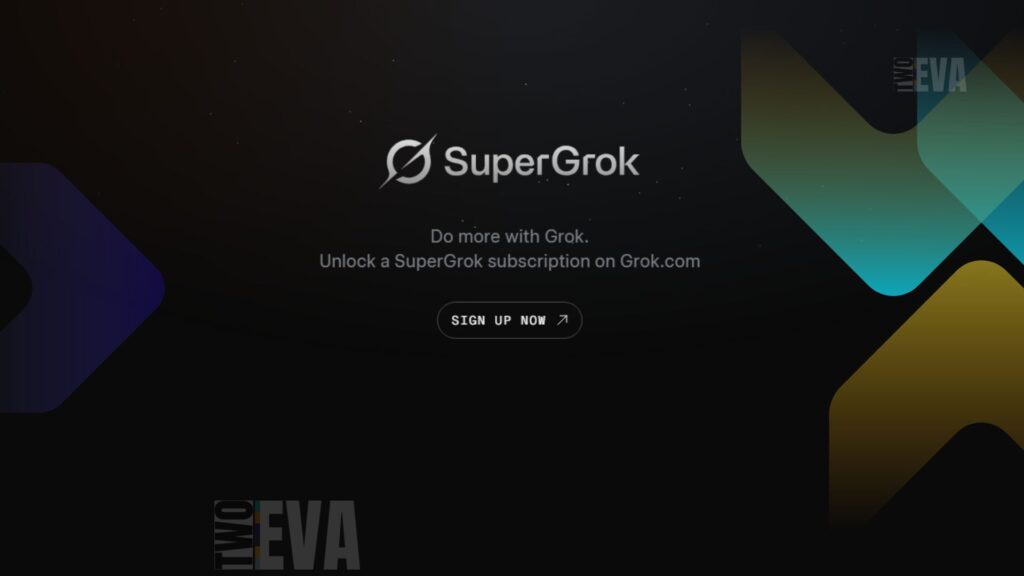Windsurf, the AI-powered integrated development environment (IDE) formerly known as Codeium, has announced it will no longer rely on third-party AI tools and is instead developing a fully custom, in-house AI solution. The decision comes just months after the company rebranded from Codeium to Windsurf in April 2025, signaling a shift from being a code autocompletion tool to a broader AI-native development platform.
Why Build a Custom AI Solution?
The move to bypass third-party AI integrations aligns with Windsurf’s focus on security, compliance, and deep workflow integration—key priorities for its growing enterprise and government clientele. After securing FedRAMP High authorization in March 2025, the company has seen increased adoption by regulated industries, where data control and customization are non-negotiable.
“Third-party tools, while convenient, often come with limitations around data privacy and proprietary features,” explains an industry analyst. “For enterprises and federal agencies, those trade-offs are increasingly untenable.” By developing its own AI models, Windsurf can offer tailored solutions while maintaining full oversight of security and performance.
From Codeium to Windsurf: A Strategic Shift
The rebrand from Codeium to Windsurf marked a pivotal moment in the company’s evolution. Originally launched as an AI-powered autocomplete tool, Codeium quickly gained traction, surpassing 1 million downloads by early 2024. But the April 2025 rebrand signaled a broader ambition: transforming into a full-fledged AI-native IDE.
The shift paid off. Windsurf’s annual recurring revenue surged 8x in just four months, reaching $100 million by Q2 2025. The company also expanded its workforce to 160 employees, with a strong emphasis on engineering and enterprise sales.
Enterprise Adoption and Competitive Edge
Windsurf’s focus on security and customization has resonated with major corporations. Clients like JPMorgan Chase, Dell, and defense contractor Anduril have adopted the platform, drawn by its FedRAMP High compliance and deep integration capabilities.
- Full IDE support – Unlike plugins, Windsurf provides an end-to-end AI-native development environment.
- Enterprise-grade security – FedRAMP High authorization makes it viable for government and regulated industries.
- Personalization – The platform learns from individual and organizational codebases to improve suggestions.
Industry and Developer Reactions
The developer community and industry analysts have largely welcomed Windsurf’s strategy. Inclusion in the Forbes AI 50 list for two consecutive years underscores its growing influence. Enterprise IT leaders have praised its performance, with one noting, “The ability to customize AI models for our specific needs has been a game-changer.”
However, some caution that building proprietary AI infrastructure is resource-intensive. “Scaling in-house models while maintaining innovation will be a challenge,” says an observer.
What’s Next?
With a valuation nearing $3 billion and processing over 150 billion tokens daily, Windsurf is positioning itself as a leader in AI-assisted development. Its decision to go all-in on custom AI reflects a bet that enterprises will prioritize control and flexibility over convenience—a gamble that, so far, appears to be paying off.















